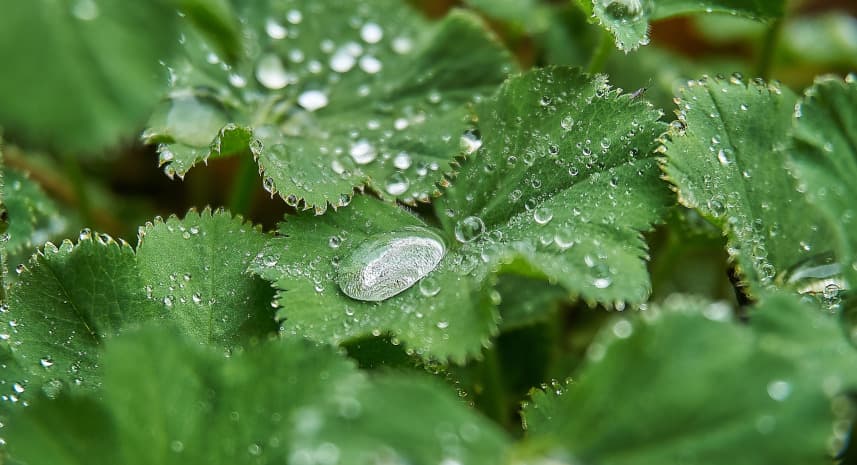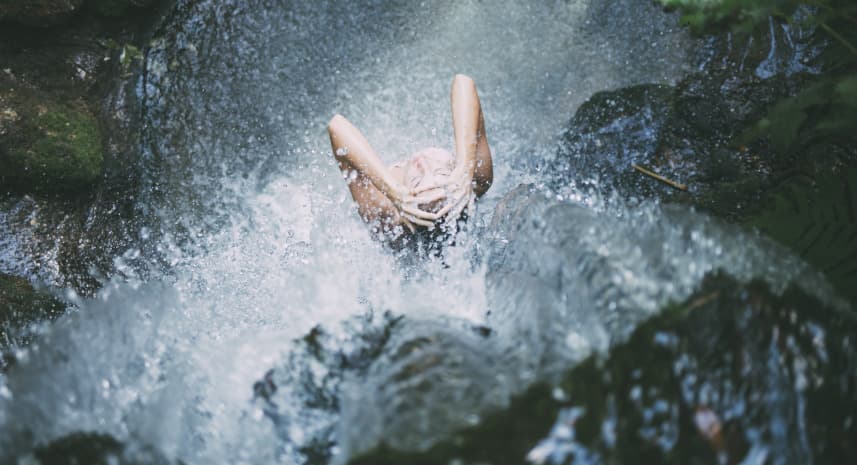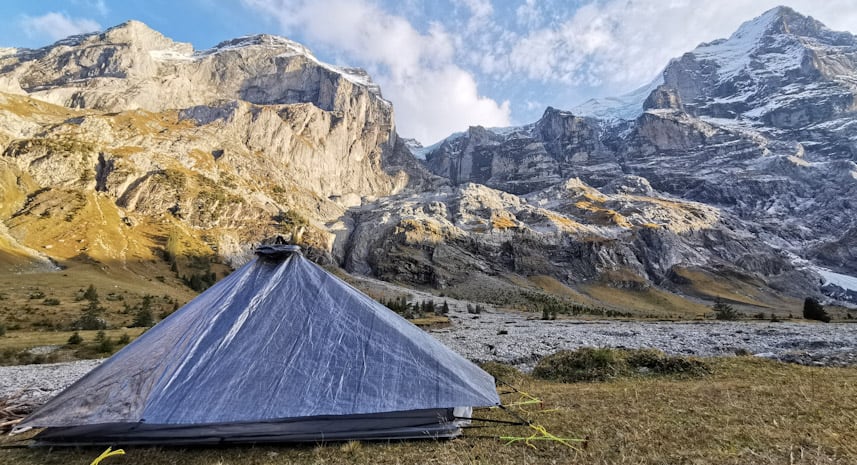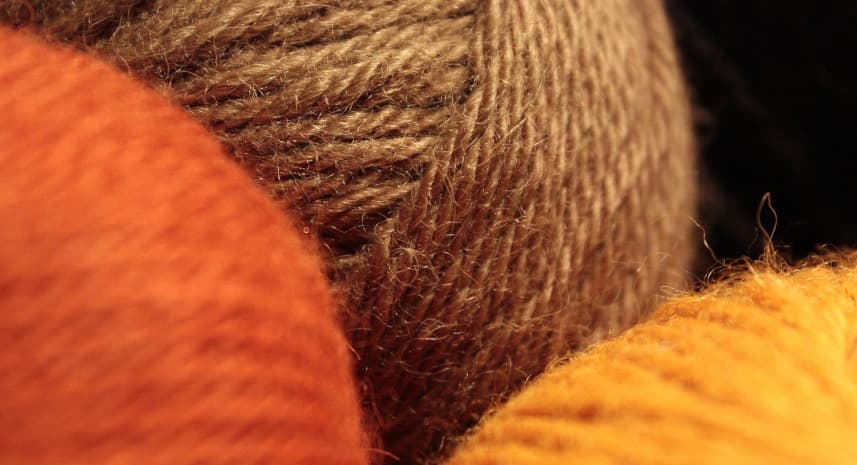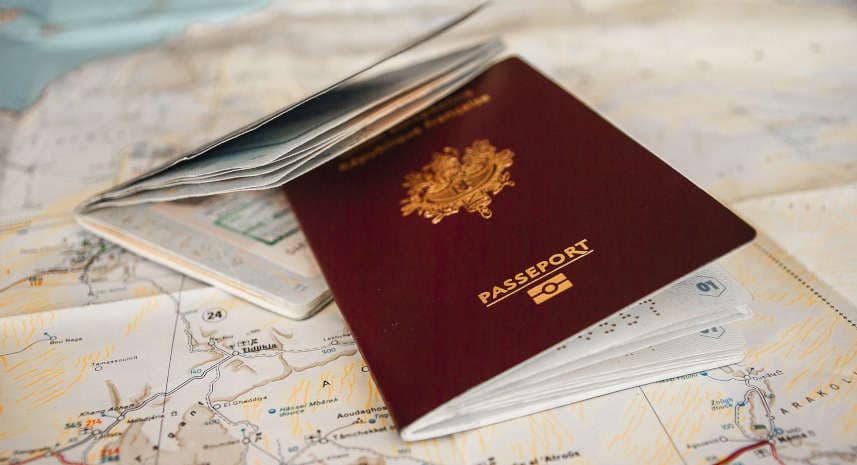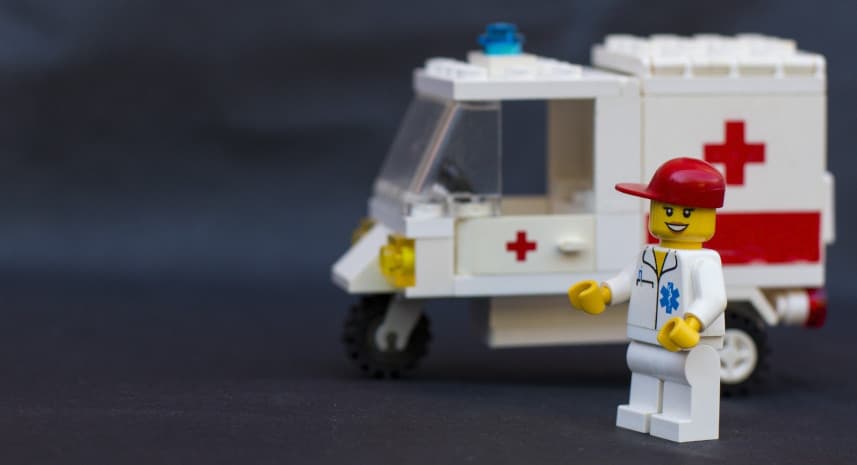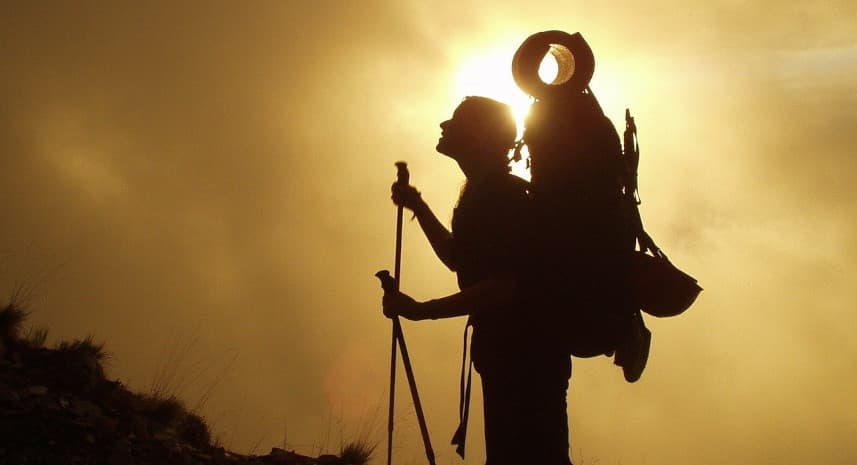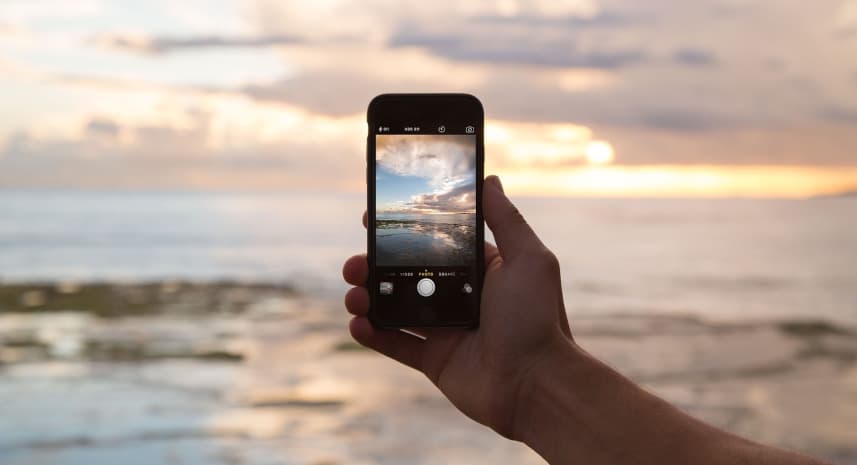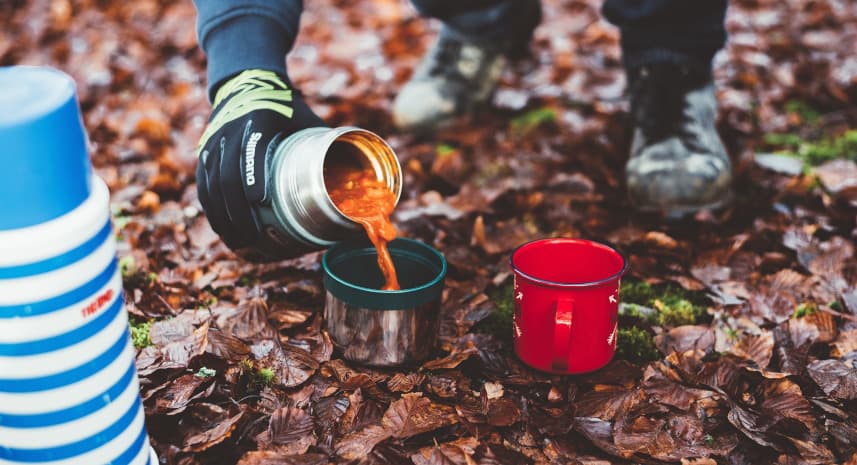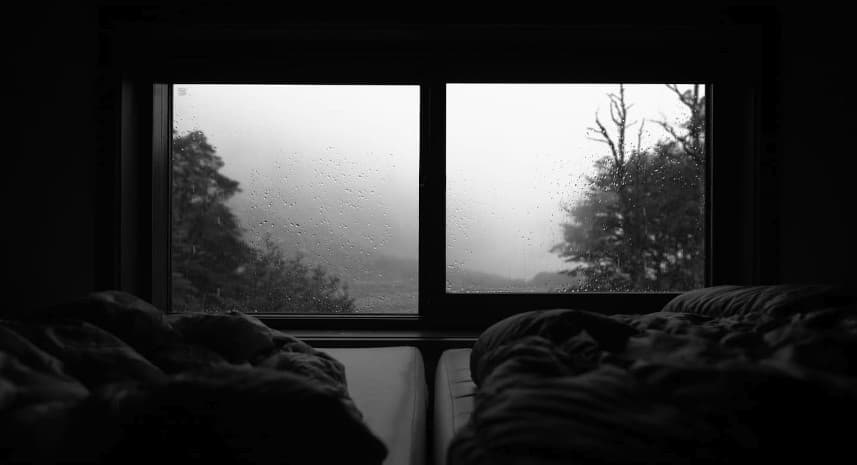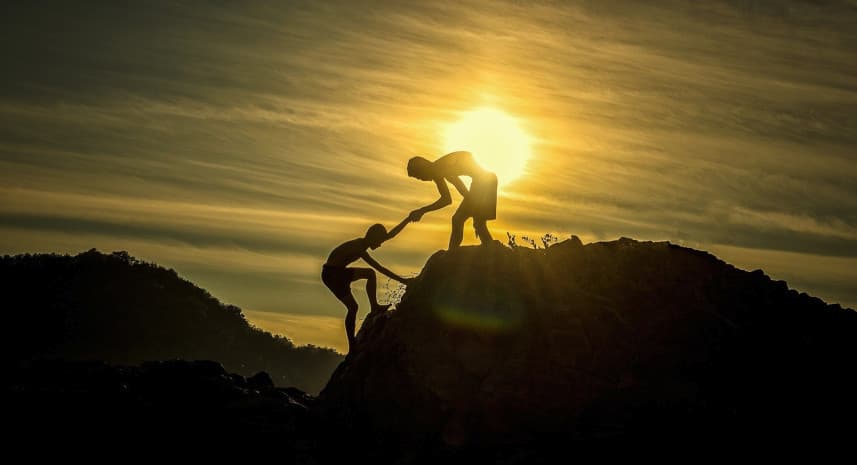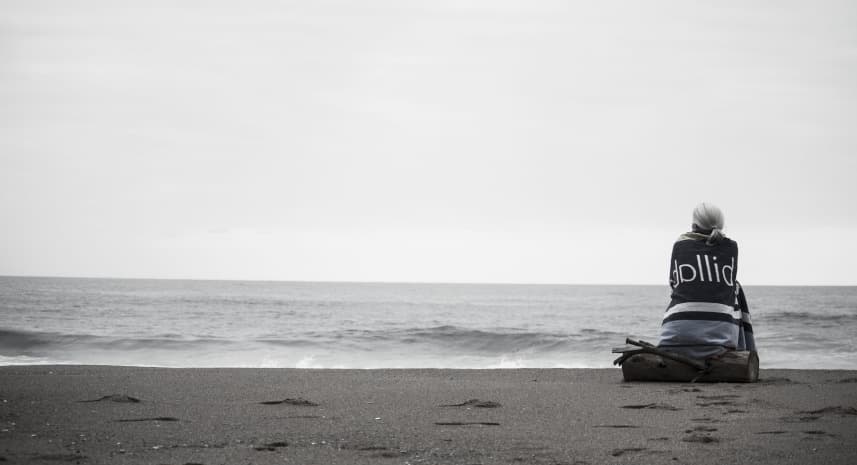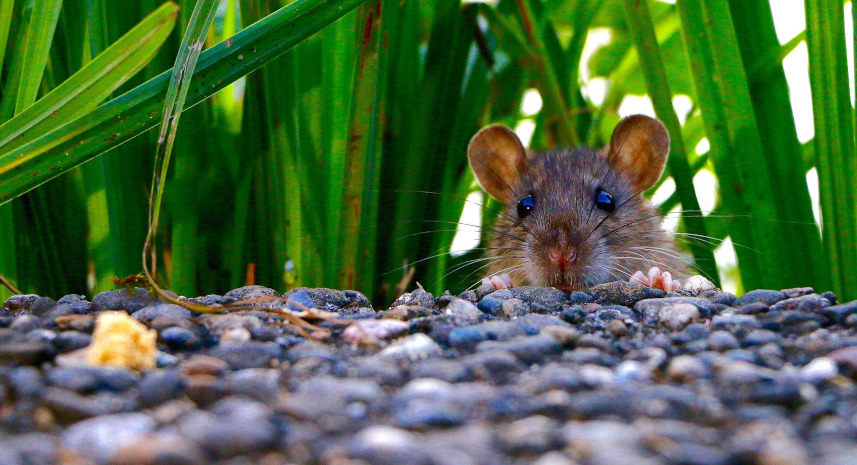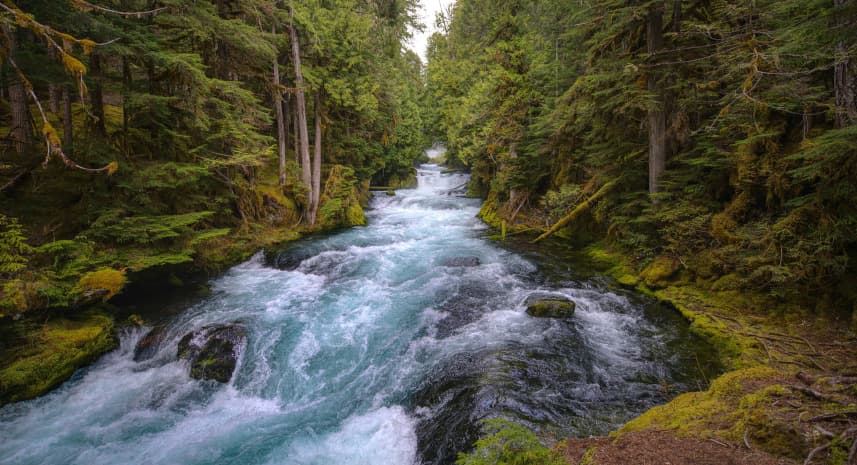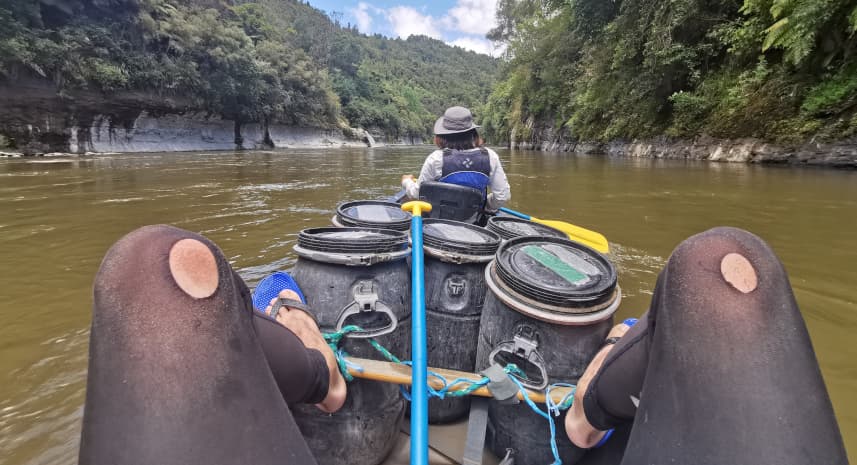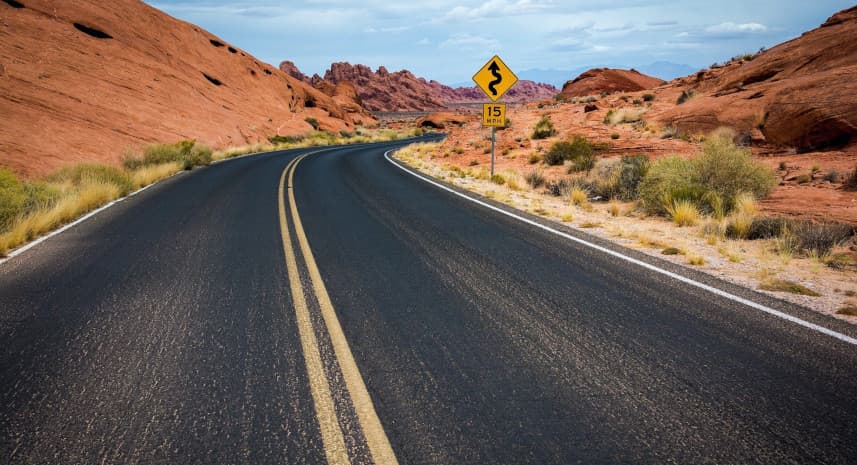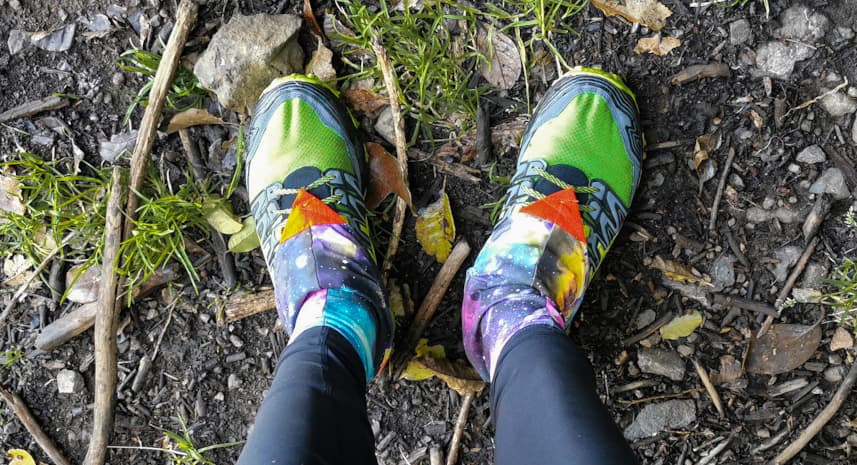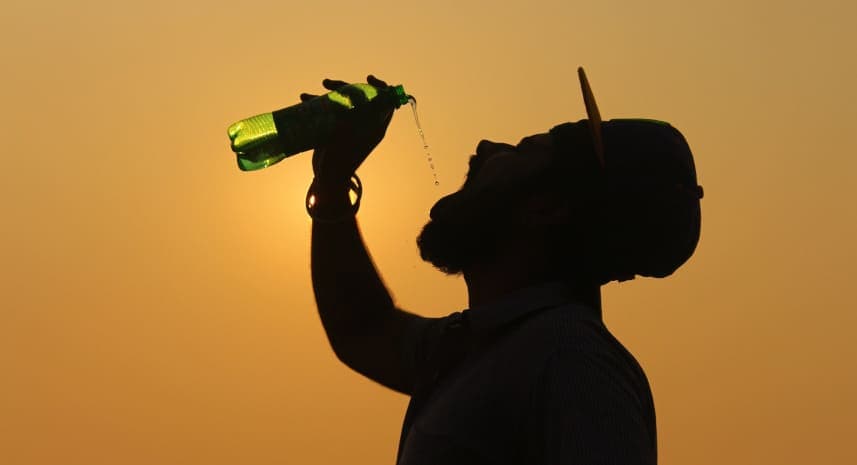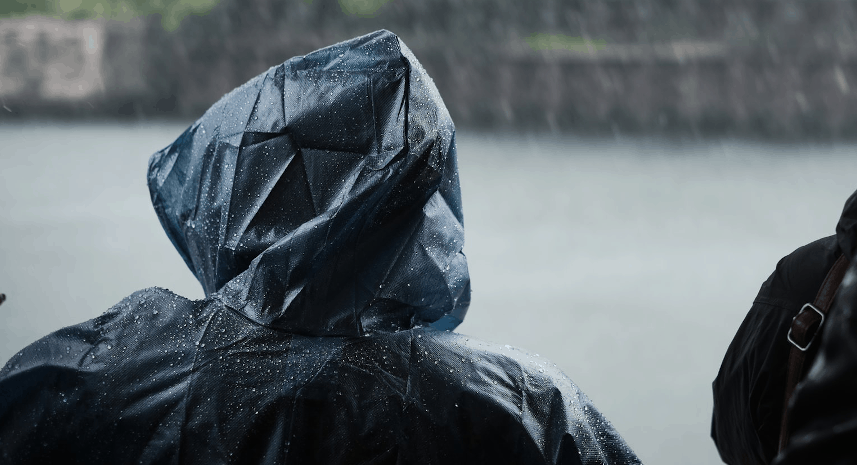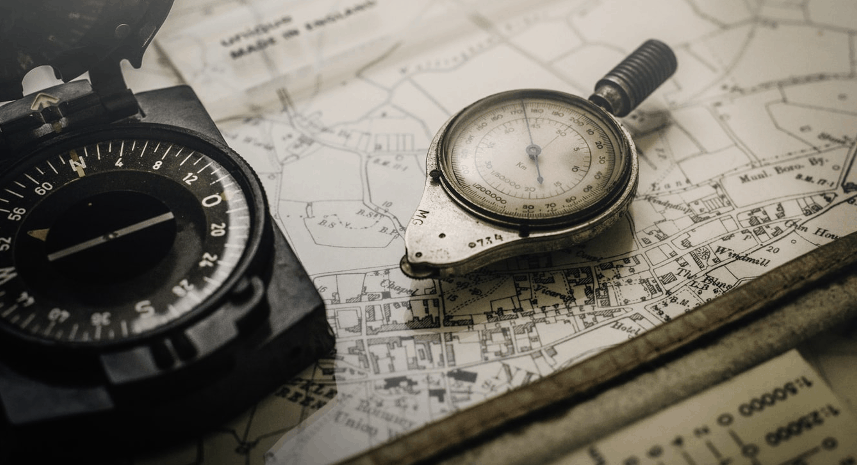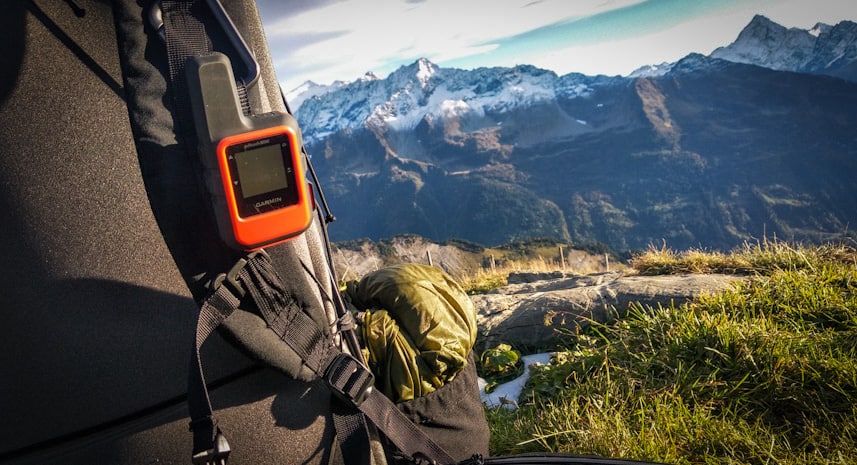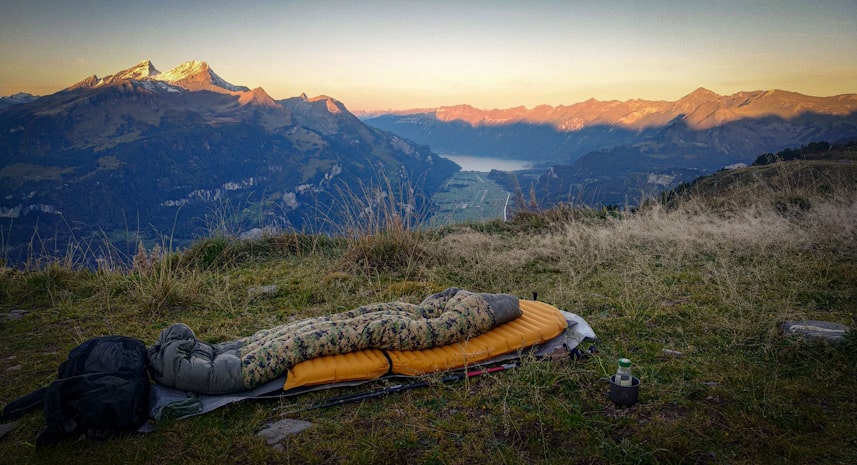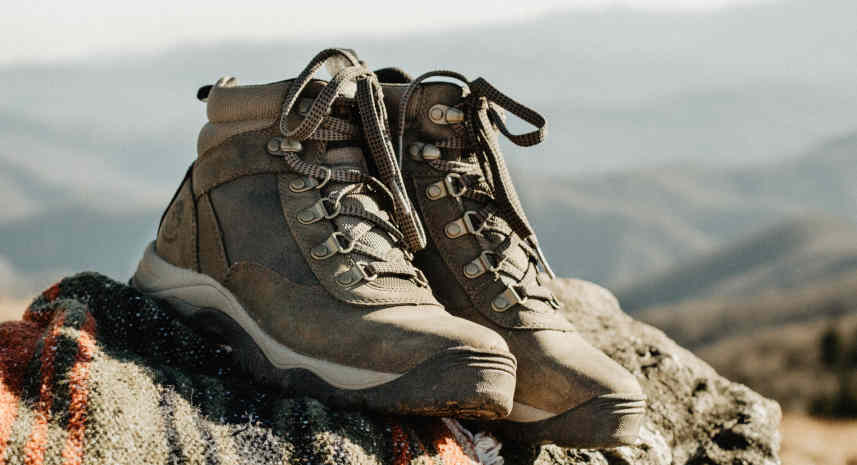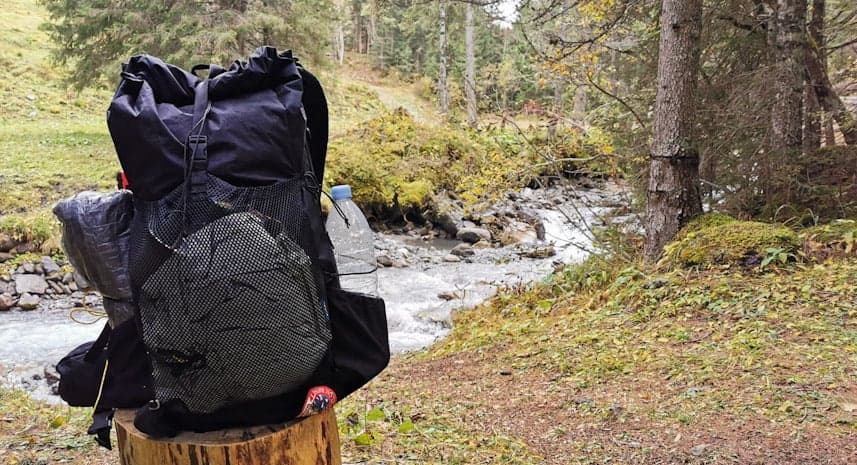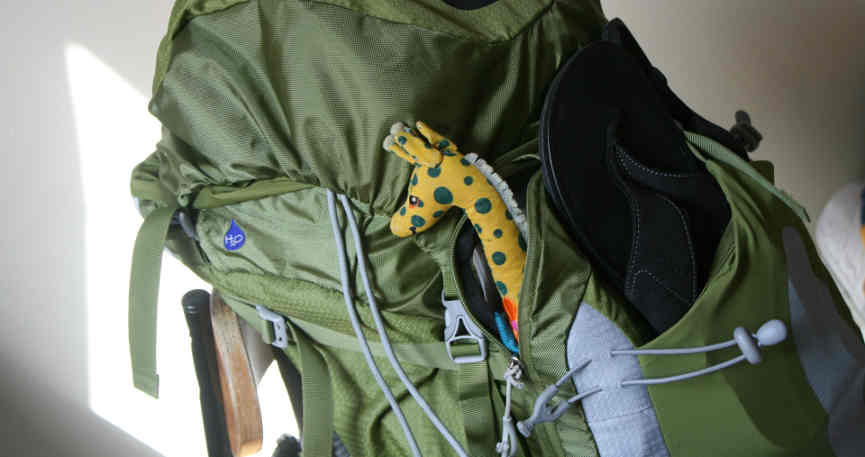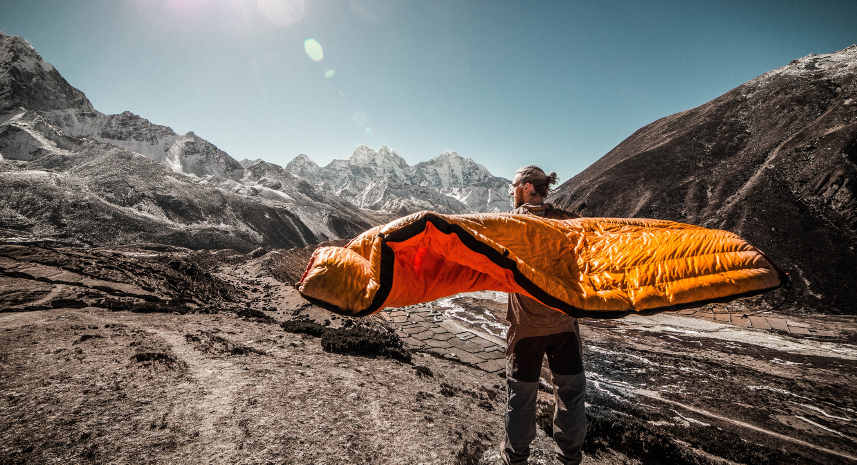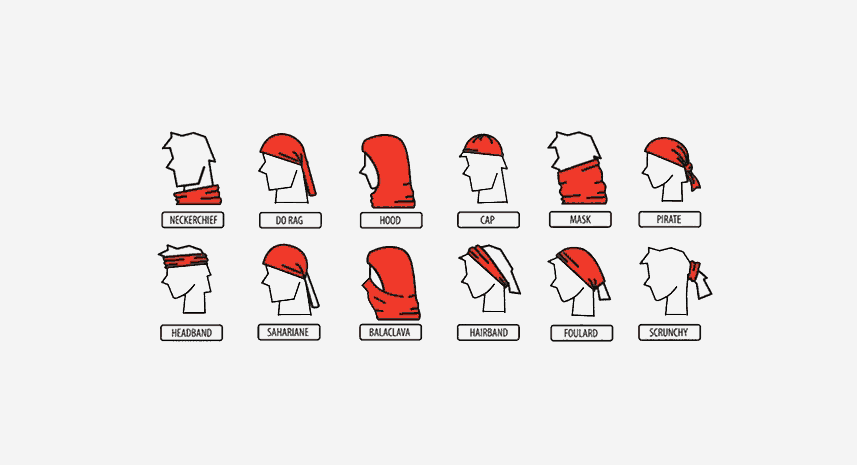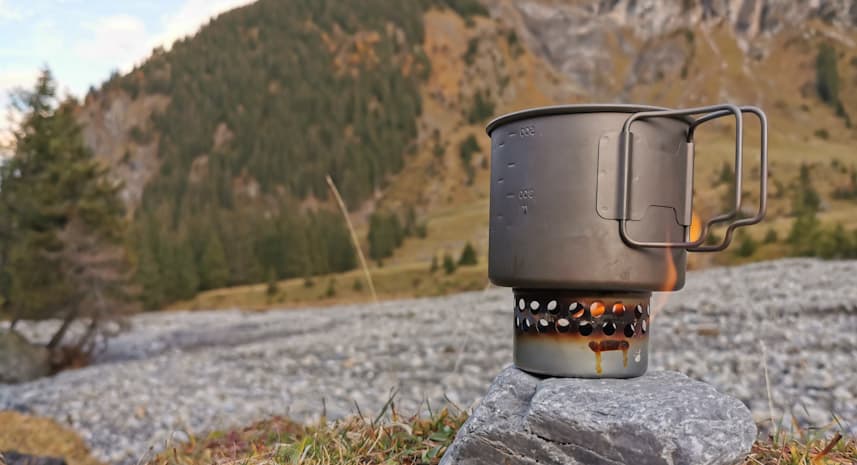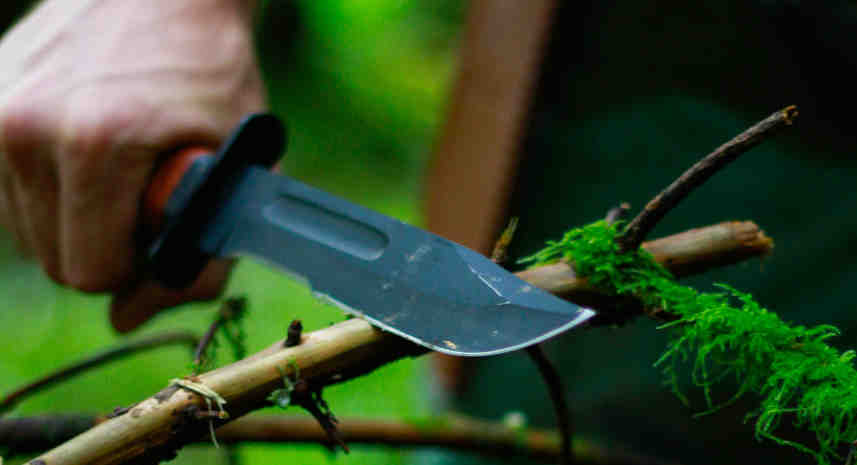Starting point of Te Araroa in New Zealand
Where the trail starts and how to get there
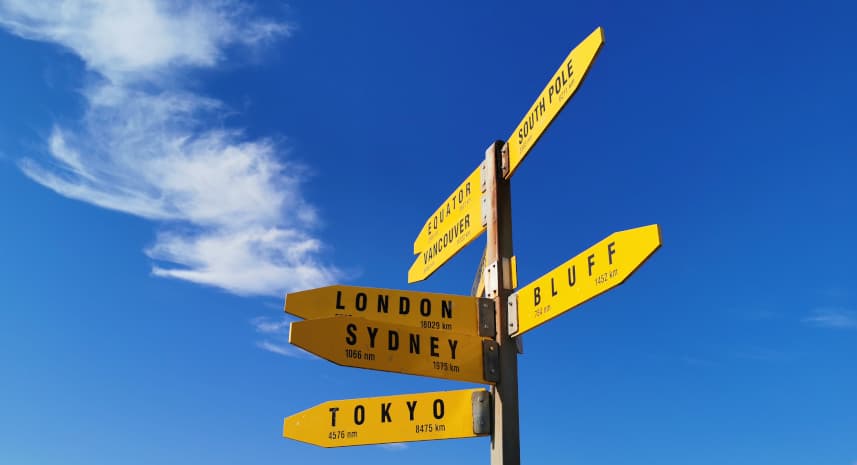
Most people start the trail in Cape Reinga in October-November and walk soutbound (SOBO). To get to the northern start point, most hikers book the Intercity Bus from Auckland City to Kaitaia early in the morning at about 7:30am. The trip takes about 6.5 hours and costs about 30 euros. There is no public transport from Kaitaia to the Cape. Some private ones offer shuttles. However, most of them hitches. The population up there is very used to TA hikers and are very happy to take you for a ride. In my case, I needed 3 rides. However, many other road trip tourists also drive directly to the Cape and so sometimes only 1 hitch is needed. The whole thing usually only takes a few hours.
Hitch-hiking can seem a little strange or scary the first time. However, as the hike progresses, it becomes clear that this is very common in New Zealand. Ideally, women and sometimes men should possibly not hitch-hike alone. Although I never met anyone with really bad experiences, there are some unpleasant stories. In the bus are usually other TA-hikers who want to start at the same time.
There is no real sign with “TE ARAROA starts here” or similar at the Cape. The starting point is at the sign post by the lighthouse. The first hurdle will be the 90-Mile beach, which is not really 90 Miles but rather 100 km long. However, walking on sand is tiring and without gaiters and the sand grains in the shoes can cause blisters very quickly. On the third day I already met other TA hikers with blisters in their blisters who had to take more than a week off.
Another very important point is not to overpush the body. The TA is not developed to the same degree as other thru hikes such as the PCT. The trail can be rough and unforgiving. Therefore, be sure to give the body enough time to regenerate with zero days. Some started the TA with the intention of doing 35-50 km right away like the PCT. Many of them had to take weeks off due to injuries.
For hikers starting in Bluff and thus hiking northbound NOBO, probably the easiest option from Auckland is either a very long bus ride or a short flight to Invercargill. From there either hitch further south to Bluff or book a taxi/shuttle. The road is relatively short (about 20-30 min). The trail starts at the sign with the many place markers near the ocean.
In any case, start the hike slowly and listen to your body’s alarm signals!

